What Can I Grow in a Greenhouse? Versatile Plants for All Seasons
- February 6, 2024
- 0 comment
Greenhouses provide gardeners with an opportunity to extend their growing seasons, shield plants from harsh weather conditions, and cultivate a wider variety of plants. The controlled environment of a greenhouse, with its ability to modulate temperature, humidity, and light, opens up a plethora of possibilities for both amateur and professional gardeners. In this article, we’ll explore a diverse range of plants you can grow in a greenhouse, taking into account factors such as temperature requirements, space considerations, and seasonal growth patterns.
Understanding Your Greenhouse Environment
Before diving into the specifics of what you can grow, it’s crucial to understand the type of greenhouse you have and the conditions you can maintain:
1. Temperature Control
- Cool Greenhouses: These structures are designed to keep temperatures just above freezing, typically not falling below 40°F. They are ideal for growing cool-weather crops such as leafy greens (lettuce, spinach), and certain herbs (parsley, cilantro). They are also perfect for starting seedlings before the last frost date.
- Warm Greenhouses: Maintaining a temperature range between 55°F and 85°F, these greenhouses are suitable for a broader range of plants, including most vegetables (tomatoes, peppers, cucumbers) and a variety of flowers. The consistent temperature also promotes seed germination and healthy growth of seedlings.
- Hot Greenhouses: These are specialized environments for growing tropical and subtropical plants. They maintain higher temperatures, often above 85°F, and are ideal for cultivating plants such as orchids, certain cacti, and exotic fruits like bananas or pineapples.
2. Space Considerations
- Vertical Space: Many greenhouses can support vertical gardening, allowing you to grow vining plants like tomatoes, cucumbers, or certain flowers. Utilizing vertical space also includes installing shelves or hanging pots, perfect for herbs, small flowers, and seedlings.
- Ground Space: The floor area of your greenhouse is crucial for larger, ground-dwelling plants or for setting up raised beds. Planning your ground space is essential for crops like root vegetables, large bushes, or plants that require more horizontal space to thrive.
3. Light Exposure
- Direct Sunlight: Most fruiting and flowering plants require substantial amounts of direct sunlight to produce high yields. Ensuring that your greenhouse is positioned to receive maximum sunlight, and that the plants are arranged to avoid shading each other, is crucial for crops like tomatoes, peppers, and any type of fruit-bearing plant.
- Shaded Areas: Some greenhouses have areas that receive less direct sunlight, either due to structural features or because of shading from other plants. These areas are suitable for plants that require indirect light or lower light conditions. Ferns, certain herbs, and leafy greens can thrive in these less intense light conditions.
Vegetables and Fruits
Greenhouses offer the perfect environment for growing a wide range of vegetables and fruits, often allowing for higher quality and longer growing seasons than outdoor environments. By controlling the climate, you can overcome the limitations of your local weather and enjoy fresh produce all year round.
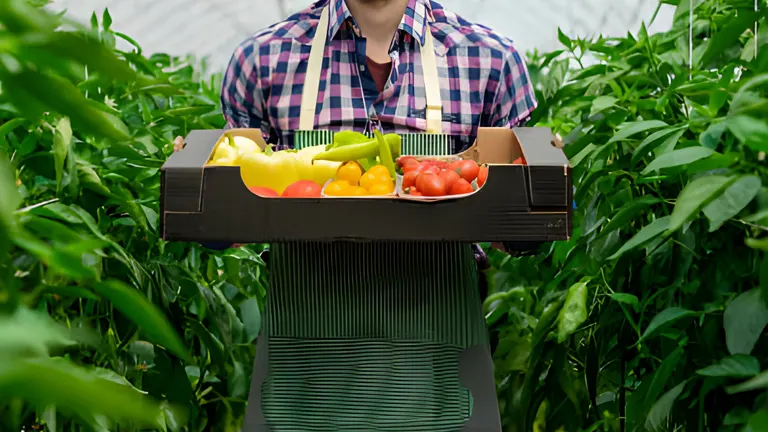
Here’s a guide to some of the most popular fruits and vegetables for greenhouse cultivation:
1. Leafy Greens
Leafy greens are among the most rewarding and easy-to-grow plants in a greenhouse setting:
- Lettuce, Spinach, and Kale: These greens thrive in cooler temperatures, which can be maintained in a cool or warm greenhouse. They are quick to harvest and can be grown year-round, making them a staple for continuous production.
- Swiss Chard and Collards: Known for their resilience, these greens can tolerate a wider range of temperatures and can be harvested multiple times as they grow back after cutting. This makes them ideal for almost any greenhouse setup.
2. Root Vegetables
Root vegetables are well-suited to greenhouse cultivation, especially in raised beds or containers:
- Carrots, Radishes, and Beets: These vegetables prefer cooler temperatures but benefit from the protection from pests and extreme weather that greenhouses provide. They can be grown in succession for a continuous harvest throughout the year.
3. Nightshade Vegetables
Some of the most popular greenhouse crops belong to the nightshade family and require warmer conditions:
- Tomatoes, Peppers, and Eggplants: These plants love the warmth and consistent temperatures that can be managed in a warm or hot greenhouse. They also require plenty of sunlight to fruit, making them ideal for the sunniest spots in your greenhouse.
4. Cucurbits
Cucurbits are known for their vigorous growth and can be excellent greenhouse plants if given enough space:
- Cucumbers, Squashes, and Melons: These plants typically require warmer conditions and benefit greatly from greenhouse protection. They need ample space to spread, or a sturdy trellis system if you want to save space and grow them vertical
5. Fruits
Greenhouses can also enable the cultivation of fruit plants that might not otherwise thrive in your local climate:
- Strawberries: Can be grown in hanging baskets or in beds, producing fruit almost year-round in controlled conditions.
- Grapes: While traditionally grown outdoors, certain grape varieties can thrive in a greenhouse, allowing for an extended growing season.
- Citrus Fruits: Plants like lemons, limes, and oranges can be grown in pots in a warm greenhouse, providing fresh citrus fruits even in non-tropical climates.
Herbs and Aromatic Plants
Herbs are a fantastic addition to any greenhouse, not only for their culinary value but also for their aromatic presence and relatively easy care. They generally require less space than vegetables and can be grown in pots or containers, making them perfect for smaller greenhouses or as part of a larger greenhouse plan.
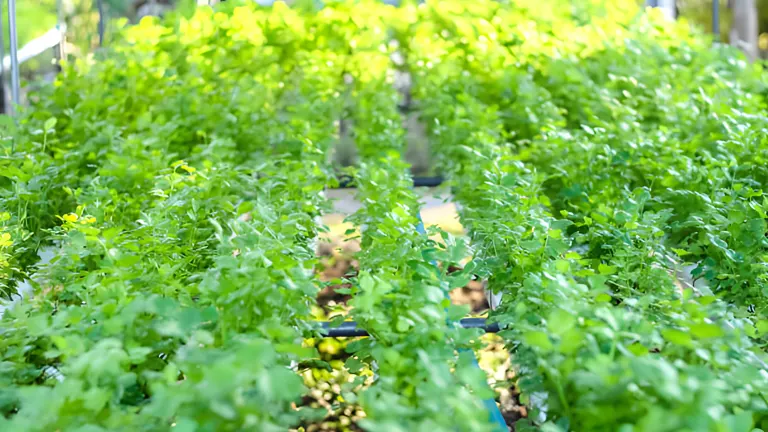
Here’s a closer look at some popular herbs for greenhouse growing:
1. Warm-Loving Herbs
Some herbs thrive in the warmth and consistent temperatures provided by a greenhouse:
- Basil: A favorite among chefs and gardeners alike, basil loves warm conditions and plenty of sunlight. It’s sensitive to cold, so a greenhouse can extend its growing season. Regular harvesting encourages the plant to become bushier and produce more leaves.
- Cilantro: Known for its fast growth, cilantro prefers the stable conditions of a warm greenhouse. It can bolt (flower and go to seed) quickly in hot conditions, so consistent harvesting and successive planting can ensure a continuous supply.
- Parsley: This versatile herb can thrive in a warm greenhouse, though it doesn’t require as much heat as basil or cilantro. Parsley can take a little longer to germinate but will produce abundantly once established. Regular harvesting promotes further growth.
2. Herbs Tolerant of Various Conditions
These herbs are adaptable and can thrive in a range of conditions, making them suitable for almost any greenhouse setting:
- Mint: Known for its vigorous growth, mint can be grown in pots to contain its spreading nature. It’s tolerant of a variety of conditions but prefers slightly cooler temperatures and moist soil. Be cautious, as mint can easily take over if not contained or properly managed.
- Chives: Chives are hardy and can tolerate cooler temperatures, but they also grow well in warm greenhouses. They can be harvested regularly by snipping the tops, which encourages new growth.
- Oregano: This hardy herb is well-suited to greenhouse cultivation, thriving in both warm and cooler conditions. It prefers full sun but doesn’t require as much heat as basil or cilantro. Regular harvesting promotes a bushier plant and more growth.
Flowers and Ornamental Plants
Greenhouses are not only functional spaces for growing fruits, vegetables, and herbs but can also be stunningly beautiful, filled with the colors and fragrances of a wide variety of flowers and ornamental plants. They offer the perfect environment for those plants that need specific conditions to thrive or protection from harsh weather.
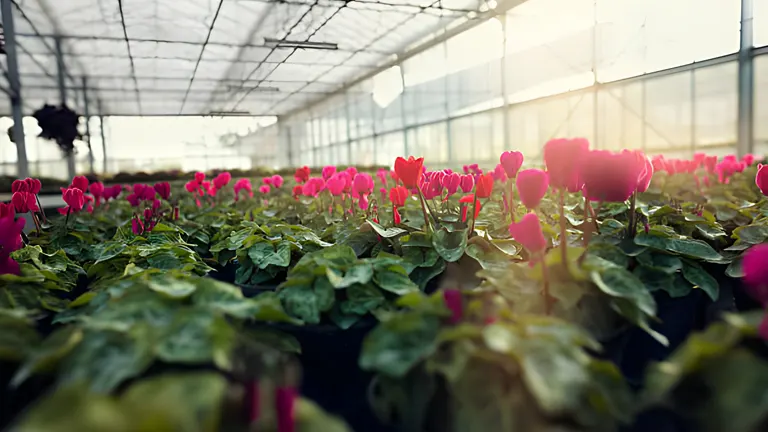
Here are some options for adding a touch of beauty to your greenhouse:
1. Annuals
Annual flowers live for one season, providing a burst of color and texture. They are ideal for filling gaps between other plants or for creating a seasonal display:
- Petunias: These popular flowers come in a wide range of colors and are known for their ability to bloom throughout the summer. They prefer full sun and well-drained soil.
- Marigolds: Easy to grow and available in vibrant oranges, yellows, and reds, marigolds are excellent for adding bright color to your greenhouse. They also have the added benefit of repelling certain pests, making them a great companion plant.
2. Perennials
Perennial plants live for more than two years, often providing a consistent structure and backbone to your greenhouse planting:
- Orchids: Renowned for their stunning and diverse flowers, orchids can thrive in the stable conditions of a greenhouse. They require specific humidity levels and careful watering but can be a rewarding and exotic addition to your collection.
- Roses: While often grown outdoors, roses can also be successfully grown in a greenhouse, especially to protect them from harsh winter conditions. They require plenty of light and good air circulation to prevent disease.
3. Exotic Plants
Greenhouses can create the ideal conditions for plants that would not typically thrive in your local climate, allowing you to cultivate a unique and diverse collection:
- Cacti and Succulents: These plants love a warm, dry environment and plenty of sunlight, making them well-suited to a greenhouse environment. They require minimal watering and can add intriguing shapes and textures to your plant collection.
Challenges and Considerations
Operating a greenhouse can be immensely rewarding, providing a bountiful and diverse array of plants regardless of the season. However, the controlled environment of a greenhouse also comes with its own set of challenges. Effective management and a good understanding of these challenges are crucial for maintaining a healthy and productive greenhouse:
1. Pest Control
Greenhouses can unfortunately act as sanctuaries not just for your plants but for pests as well.
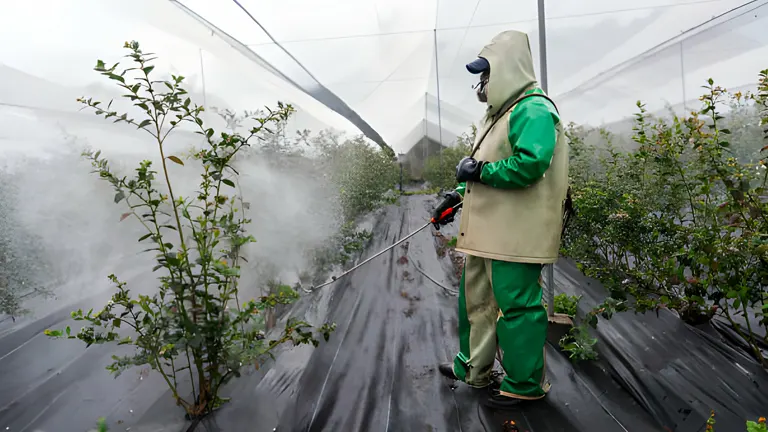
- Regular Monitoring: Regularly inspect your plants for signs of pests. Early detection is crucial for effective control.
- Natural Predators: Introducing natural predators, such as ladybugs to control aphids, can be an effective and organic way to manage pests.
- Hygiene Practices: Keep your greenhouse clean. Remove any dead or diseased plant material promptly to prevent pests from taking hold.
- Barriers and Traps: Use physical barriers, such as insect netting, or traps to control the pest population.
2. Disease Prevention
The warm and humid conditions in a greenhouse can also encourage the spread of diseases.
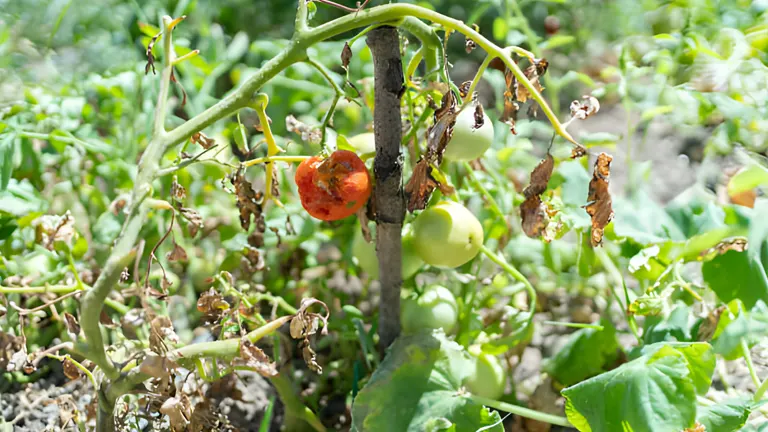
- Proper Ventilation: Ensure your greenhouse has adequate ventilation to regulate temperature and humidity levels, reducing the risk of fungal diseases.
- Spacing Plants: Proper spacing allows for good air circulation around your plants, reducing the humidity around the foliage and the potential for disease spread.
- Regular Cleaning: Keep the interior of your greenhouse clean, including surfaces and tools, to prevent the spread of disease.
- Isolate New Plants: Quarantine new plants before introducing them to your greenhouse to ensure they are not carrying any pests or diseases.
3. Watering and Humidity
Managing water and humidity is critical in a greenhouse to ensure plant health and prevent disease:
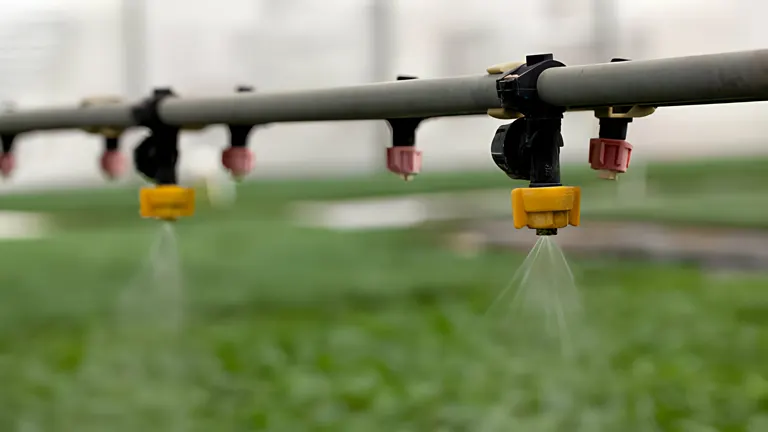
- Watering Practices: Water plants in the morning so that the foliage has time to dry during the day. Use drip irrigation or water at the base of plants to avoid wetting the foliage.
- Humidity Levels: Use a hygrometer to monitor humidity levels. Too much humidity can promote fungal diseases, while too little can stress plants.
- Ventilation and Circulation: Use vents, fans, or automated climate control systems to manage humidity and prevent excessive condensation.
Conclusion
A greenhouse is a versatile structure that can accommodate a wide range of plants, extending beyond traditional seasonal boundaries. By understanding the specific needs of different plants and managing the greenhouse environment accordingly, gardeners can enjoy a bountiful and diverse harvest throughout the year. Whether you are interested in vegetables, fruits, herbs, or ornamental plants, your greenhouse can become a thriving oasis of growth and productivity. Happy gardening!
FAQs
- Can I grow a mini orchard in my greenhouse?
Absolutely! Dwarf varieties of fruit trees like peaches, lemons, and figs thrive in the controlled environment of a greenhouse. Just ensure you have adequate space for them to flourish. - How do I manage pollination for my greenhouse plants?
Many greenhouse gardeners become pollinators themselves, using a small brush to transfer pollen from one flower to another. For natural pollination, consider inviting pollinators like bees into your greenhouse, or installing a fan to help circulate the air. - Is it possible to grow tropical fruits in a temperate climate greenhouse?
Yes, with the right conditions! Tropical fruits like pineapples and certain citrus fruits can grow in greenhouses if you maintain a consistent warm temperature and high humidity. - Can I use my greenhouse to grow plants year-round?
Definitely! With proper temperature management and by choosing the right plants for each season, you can enjoy a productive greenhouse throughout the year. - How can I prevent pests in my greenhouse without using harsh chemicals?
Regularly inspecting plants for signs of pests, introducing beneficial insects like ladybugs, and maintaining a clean environment can significantly reduce pest problems. Physical barriers like nets or row covers can also be effective. - What’s the best way to utilize vertical space in a greenhouse?
Vertical gardening is a great way to maximize space. Use trellises, hanging baskets, or shelves to grow vining plants like tomatoes, cucumbers, or even some varieties of squash and melons. - Can I grow medicinal plants in my greenhouse?
Absolutely! Many medicinal plants, herbs, and spices thrive in the controlled environment of a greenhouse. Consider growing plants like aloe vera, echinacea, or various medicinal herbs like basil and oregano. - How do I maintain humidity levels in my greenhouse for moisture-loving plants?
Use humidifiers, misting systems, or simply place water trays around your greenhouse. Regularly watering your plants and maintaining a good ventilation system can also help manage humidity levels. - What are some low-maintenance plants for beginner greenhouse gardeners?
Start with hardy and forgiving plants like lettuce, radishes, or herbs like mint and chives. Succulents and cacti are also great for beginners and require minimal care. - Can I convert my greenhouse into a living space or winter garden?
Absolutely! With comfortable seating, appropriate heating, and a selection of ornamental plants or winter blooms, your greenhouse can become a cozy retreat during colder months.
Join our greenhouse gardening chat! Whether you’re a seasoned pro or just starting, your experiences and tips are welcome here. Let’s share our successes, tackle challenges, and grow together. Your input helps us all create a thriving, friendly community of plant lovers. Happy gardening!

David Murray
Forestry AuthorI'm David Murry, a forestry equipment specialist with a focus on chainsaw operation. With over 13 years of experience, I've honed my skills in operating and maintaining a wide range of machinery, from chainsaws to log splitters. My passion for the outdoors and commitment to sustainable forestry drive my work, which emphasizes safety, efficiency, and staying updated with industry advancements. Additionally, I'm dedicated to sharing my expertise and promoting environmental awareness within the forestry community.





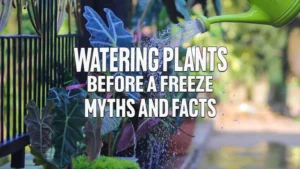
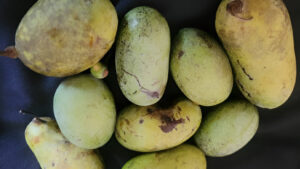
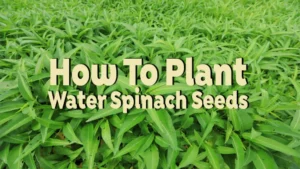


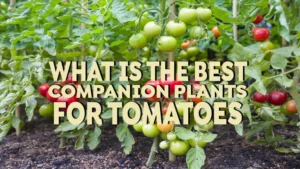


Leave your comment